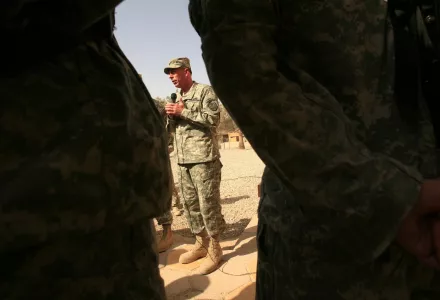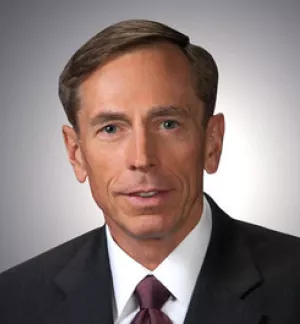Read the Full Transcript
Few military officers ever command international coalitions in combat operations. Fewer still do it twice. General (retired) David Petraeus commanded coalition forces in Iraq from February 2007 to September 2008, and in Afghanistan from July 2010 to July 2011.
These two theater commands stand in a sustained sequence of command experience: in Iraq, as Commander of the 101st Airborne Division in the drive to Baghdad and in Mosul from 2003-04, and then as Commander of the Multi-National Security Transition Command from 2004-05, responsible for developing the Iraqi Security Forces; as Commander of U.S. Central Command 2008-2010, responsible for operations across the Middle East; and finally, as Director of the Central Intelligence Agency until 2012.
This project aims to distill from the depth of General Petraeus’ experience his views on the role of the theater level commander, specifically from the perspective of strategic leadership: the link between policy and operations. Conducted over the 2014-15 academic year, the team worked with General Petraeus to draw out his views on strategic leadership in several interviews. The filmed version represents a distillation of this interaction.
We are fully aware that the vantage point of 2015 is one of (relatively recent) hindsight, which brings advantages and disadvantages, and that events in Iraq at this moment give us an additional perspective.
–Emile Simpson (Last Updated February 2016)



